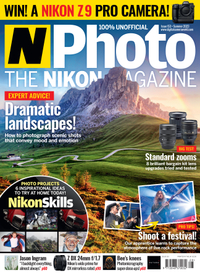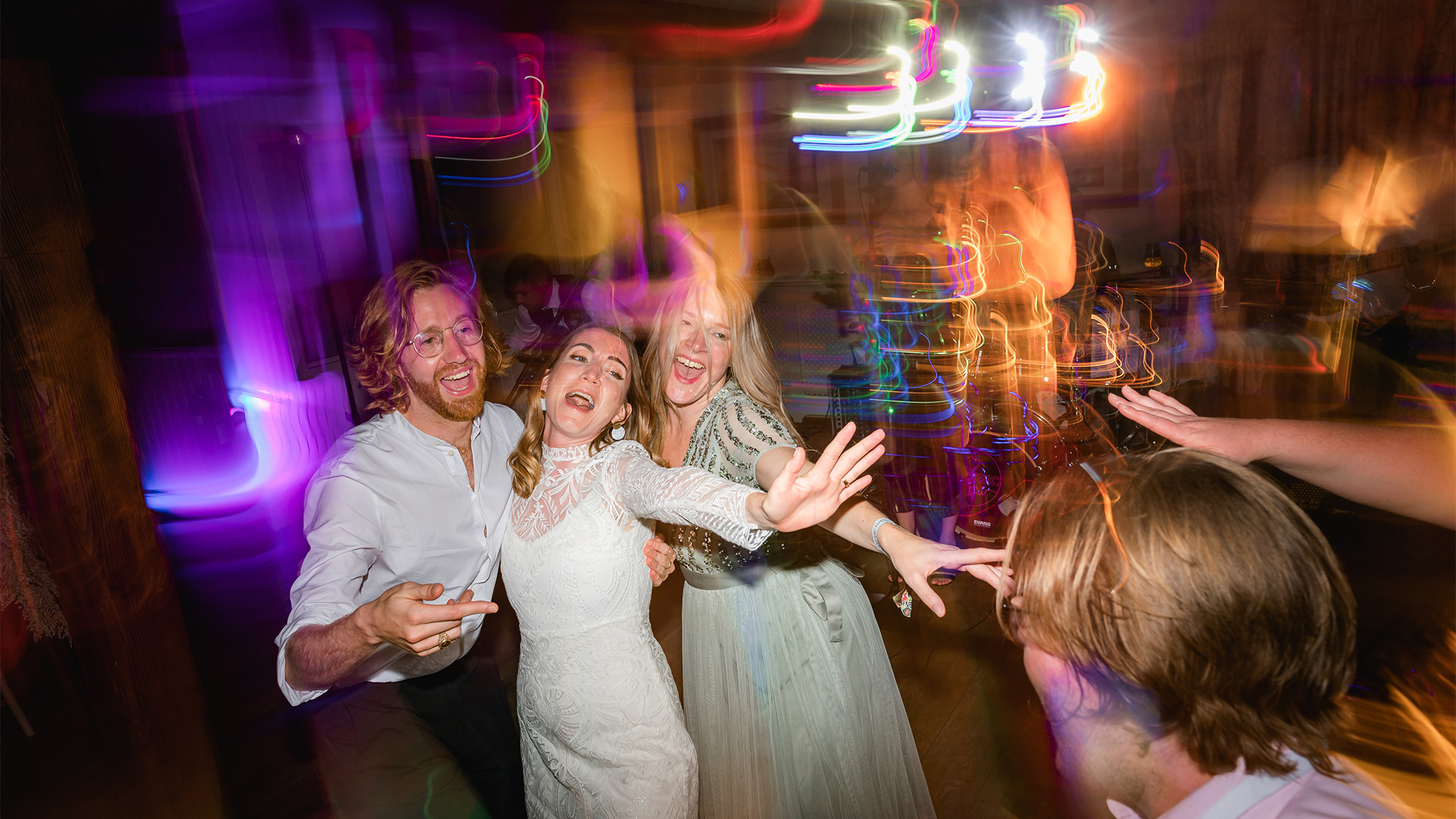
Photography shopping list
• Best camera under $200
• Best cameras for enthusiasts
• The best camera under $500
• The best camera for beginners
Capturing the vibrant energy of a dancefloor after a wedding is a real technical challenge. There’s little light to work with, and focusing on moving subjects in the near-dark isn’t an easy task, even for a capable camera like the Z 6II.
• Read more: The best flashguns
While a fast prime lens and a high ISO setting will allow you to preserve the ambient light and produce atmospheric pictures, one surefire way to shoot truly dynamic dancefloor photos is to use the shutter drag technique. This combines a slow shutter speed with a burst of flash to freeze the action, and also injects colourful swirls and streaks of light to the frame.
So whether it’s the bride and groom busting a move to their favourite tune, or a drunk uncle air-guitaring to Livin’ on a Prayer, this technique will always serve up a bounty of frolicsome photos.
How to shoot a low-light wedding reception
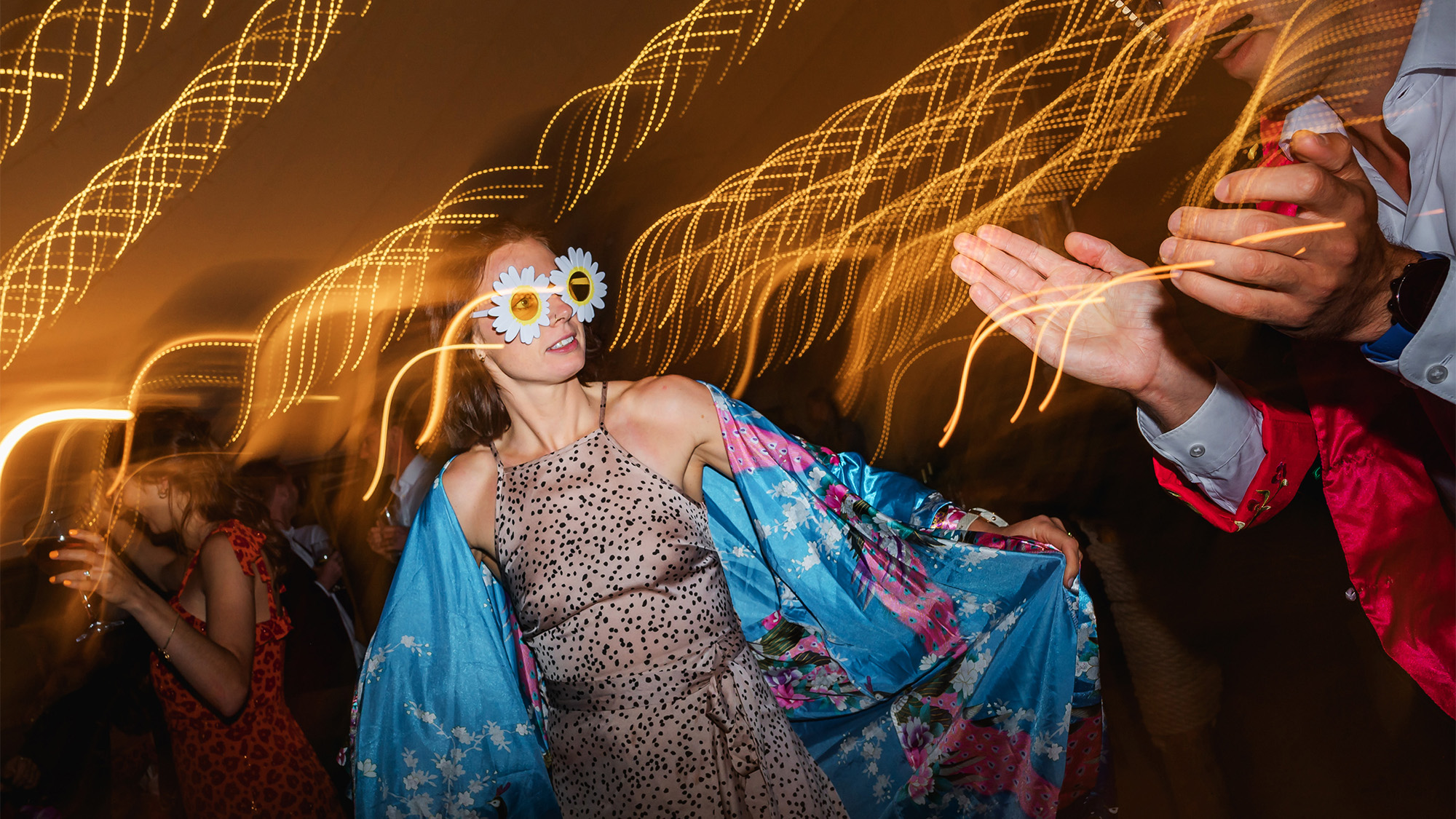
1. Take it slow
To turn the lighting in the room into colourful swirls and playful streaks, you need a slow shutter speed: probably 1/10 sec or slower. This should give you just enough time to inject some intentional camera movement into the frame and let the light show create a sense of the buzz of the party.
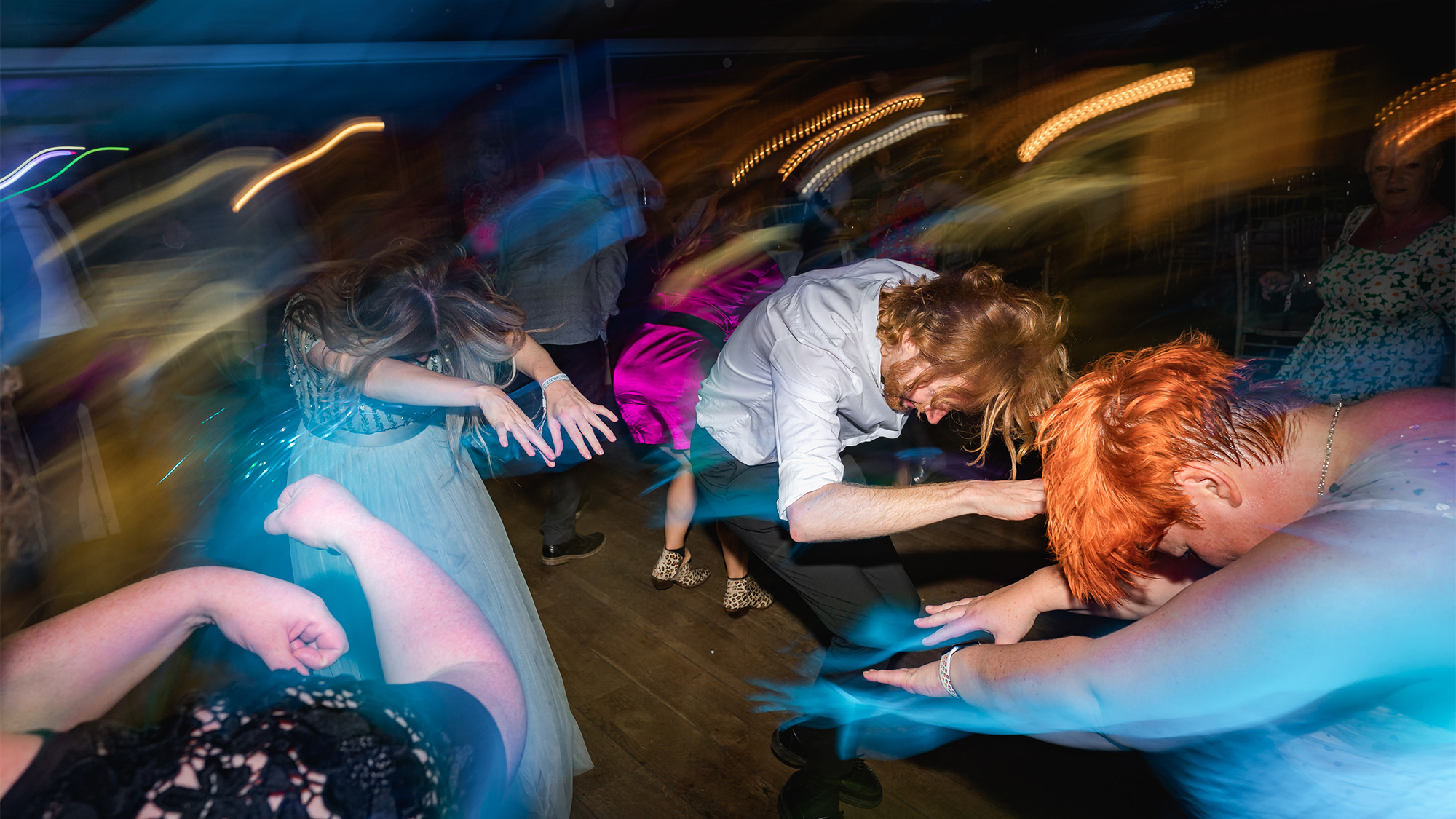
2. Limit the light
An aperture value of f/9 or higher will help limit the ambient light, while providing a forgiving depth of field for any marginal focusing mishaps. Combine this with an ISO of 320 and most of the ambient light will be underexposed; only the brighter bare bulb lights in the background will be rendered as colourful streaks in your image.
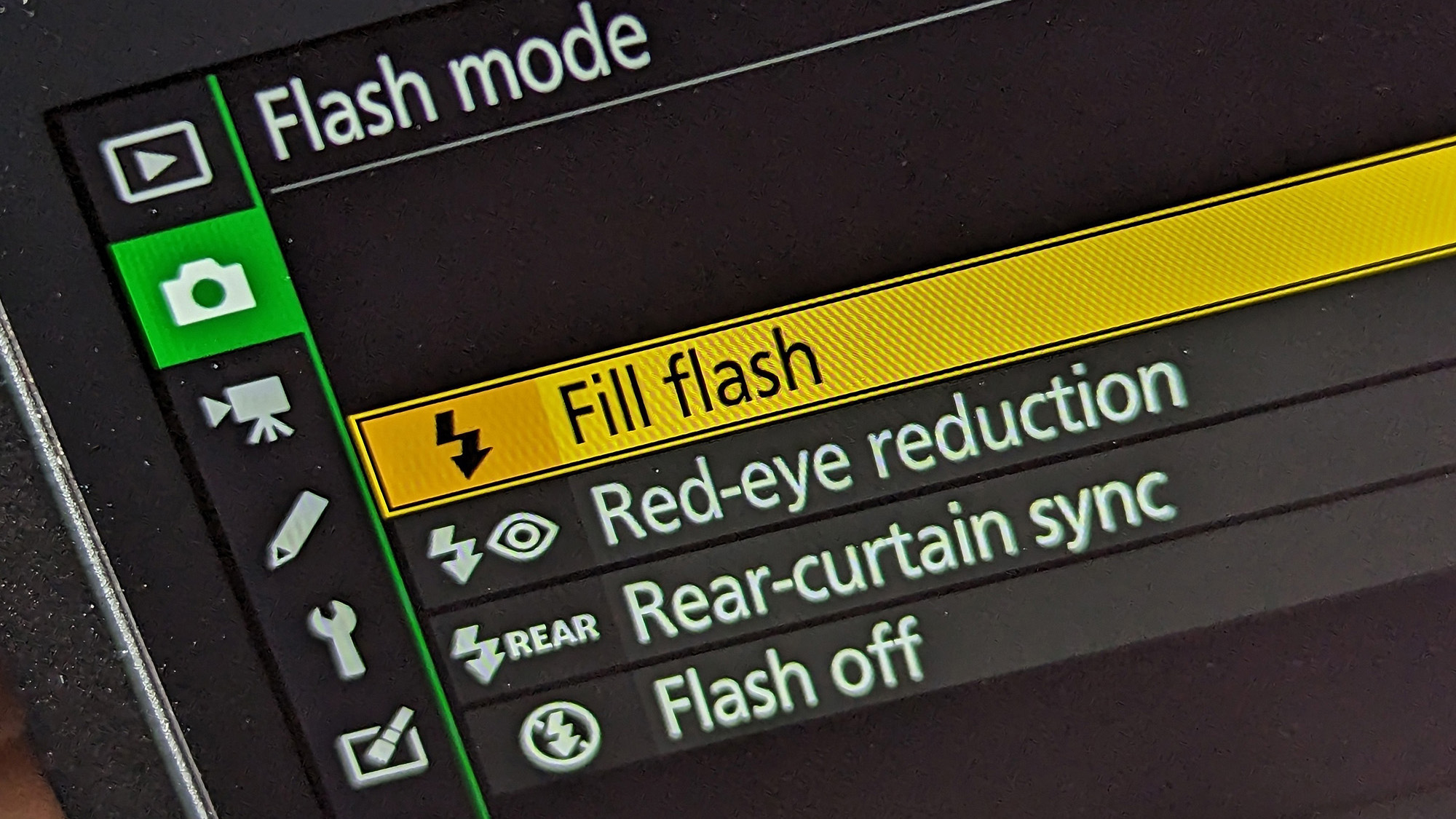
3. Fire up your flash
Attach a flashgun to your camera’s hotshoe, set it to Manual mode and select 1/8 power. Zoom your flash head to its maximum setting to narrow the beam of light and avoid unwanted light spill around the scene. Keep your Nikon’s Flash mode on its default ‘Fill flash’ setting so the flash fires at the beginning of the exposure.
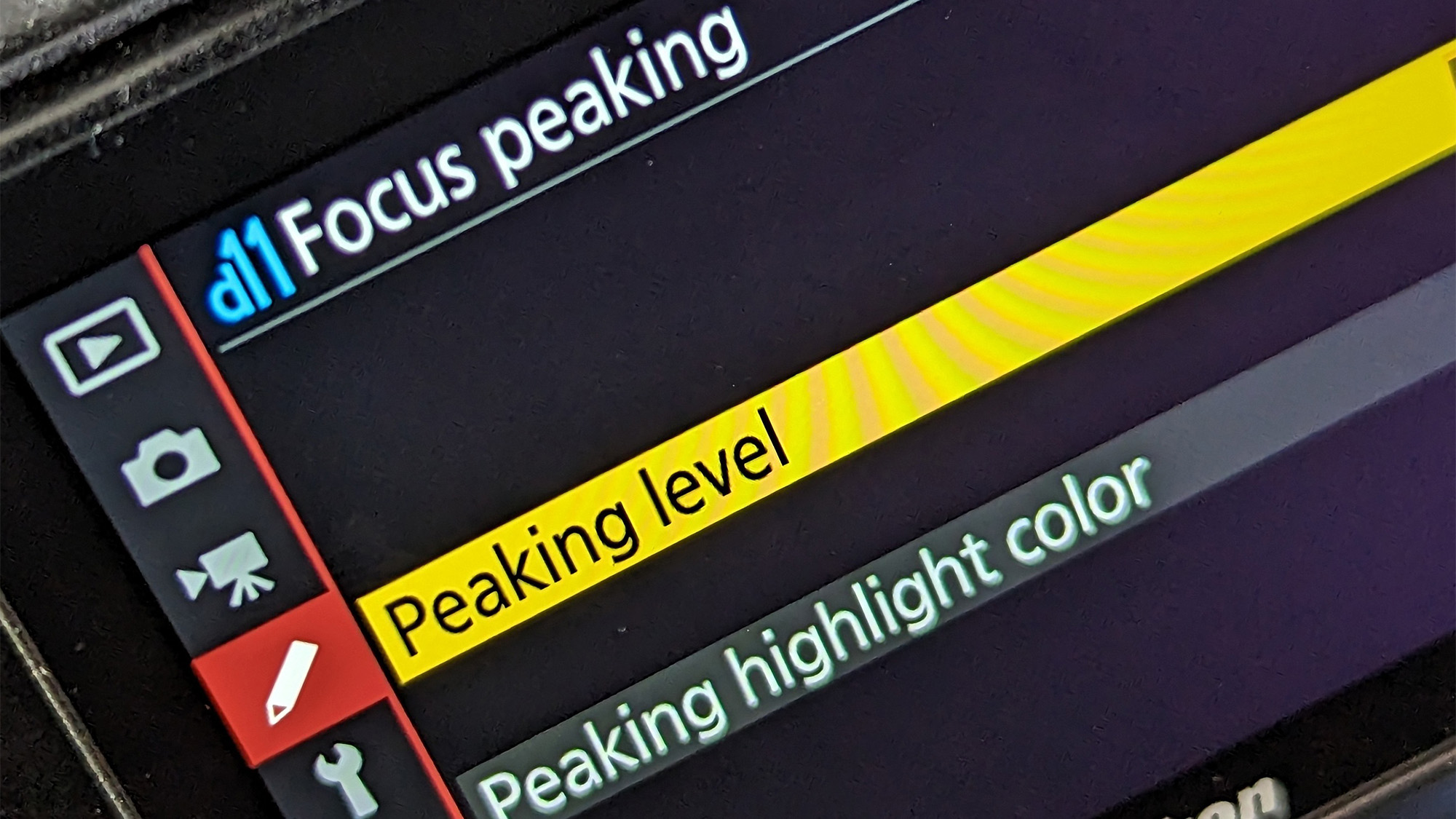
4. Set manual focus
Focusing can be challenging in dark scenes, especially when there are roving disco lights and moving subjects to contend with. Avoid focusing frustration by setting it manually to a distance of around 2m. Use Focus Peaking, if your Nikon has this, which highlights the areas of sharpest detail to confirm that you’re focusing as intended.
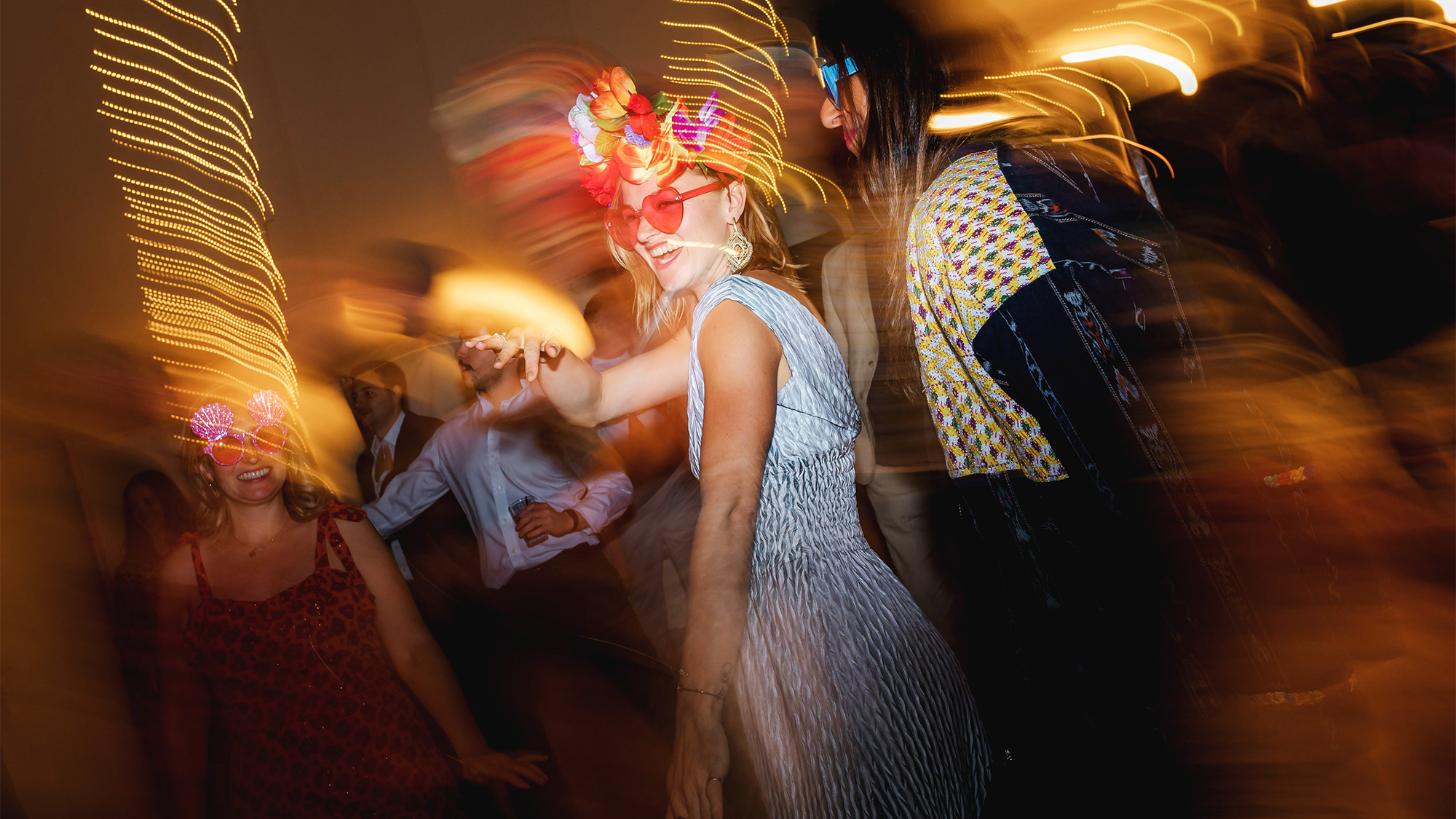
5. Shoot and drag
With your camera ready to go, get involved in the dance floor action and frame up on the people around you. The instant you have pressed the shutter and your flash has fired, give your camera an intentional jolt or twist: this will ‘drag’ the background lights into colourful bursts.
EXPERT TIP!
To get the best results, you need to be part of the scene you are photographing. So take this chance to dust off your dancing shoes and bust out your own best moves. That way, people around you will feel more relaxed and playful, and will be less likely to shy away from the camera.
N-Photo: The Nikon Magazine is a monthly publication that's entirely dedicated to Nikon users. For the best news, reviews, projects and more, subscribe to N-Photo today!
Read more:
The best tripod for photographers
Best cameras for landscape photography
The best camera bag for travel
Get the Digital Camera World Newsletter
The best camera deals, reviews, product advice, and unmissable photography news, direct to your inbox!
N-Photo: The Nikon Magazine is a monthly publication that's entirely dedicated to Nikon users. As a 100% independent magazine, you can be assured of unbiased opinion from a trustworthy team of devoted photography experts including editor Adam Waring and Deputy Editor Mike Harris.
Aimed at all users, from camera newcomers to working pros, every issue is packed with practical, Nikon-specific advice for taking better photos, in-depth reviews of Nikon-compatible gear, and inspiring projects and exciting video lessons for mastering camera, lens and Photoshop techniques.
Written by Nikon users for Nikon users, N-Photo is your one-stop shop for everything to do with cameras, lenses, tripods, bags, tips, tricks and techniques to get the most out of your photography.
